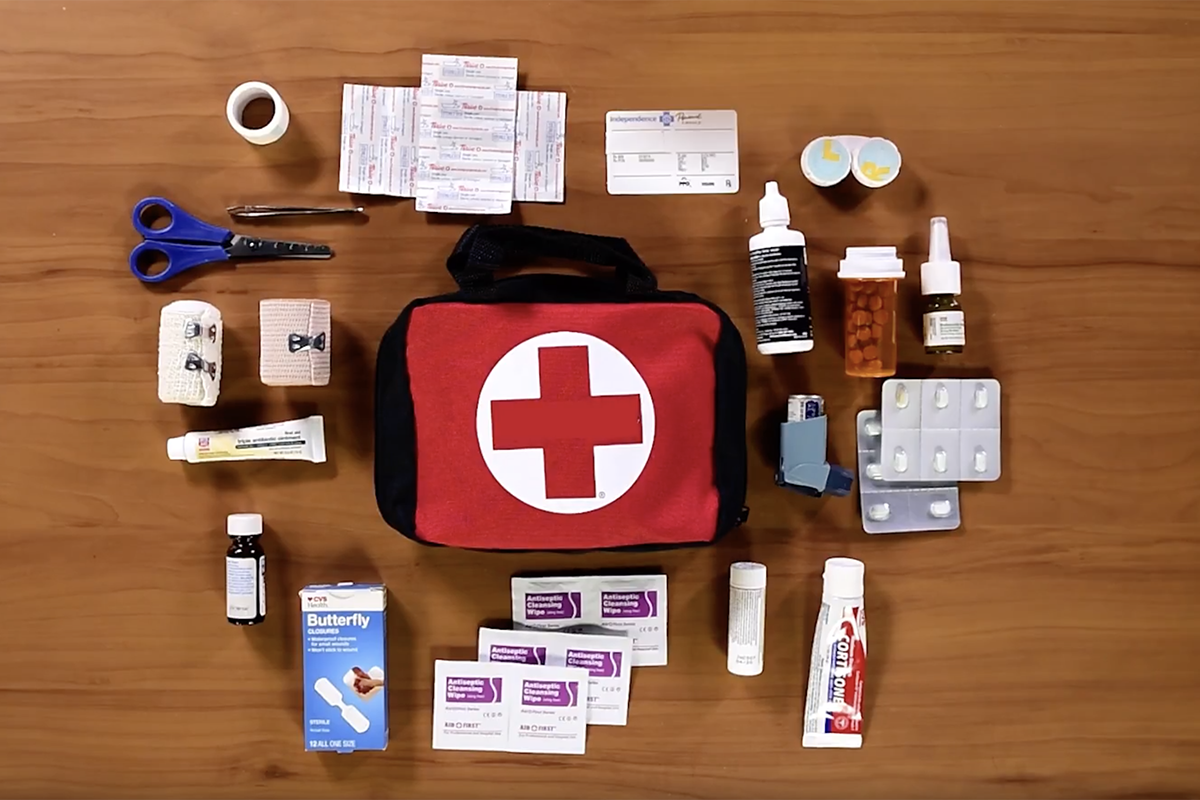Essential First Aid Tips and Principles for Emergency Care of Injuries and Illnesses

Having a working knowledge of basic first aid skills is crucially important for being able to promptly provide temporary care for people who become suddenly injured or critically ill until professional first responders and medical personnel arrive. The quick thinking and appropriate actions you take immediately in emergencies make a tremendous difference in both saving lives and minimizing further health deterioration.
Always First Check for Responsiveness Before Moving Patients
If you find someone collapsed, unconscious, or seriously injured, your very first response should always be to gently tap their shoulder and shout to see if they are still responsive. If they show no response, immediately call emergency services and retrieve an automated external defibrillator (AED) if one is available before attempting to continue care.
Open Blocked Airways for Patients With Breathing Issues
If a person is struggling badly to breathe properly or exhibits abnormal noisy breathing, they may have a partly blocked airway passage. Carefully tilt their head back to open their airway while taking care not to overextend their neck. Check whether their chest rises and falls with each breath. Be prepared to begin CPR with chest compressions if breathing remains inadequate or halted. Continue checking and manually supporting breaths until paramedics arrive.
Apply Direct Pressure to Control Potentially Life-Threatening Bleeding
In any emergency involving major traumatic bleeding, immediately apply firm pressure directly on top of the wound using thick layers of sterile bandages, cloth, or even bare hands protected with gloves to effectively slow blood loss before the ambulance arrives. Simultaneously, carefully elevate the affected bleeding limb above heart level when possible to utilize gravity assistance. These actions buy precious time.
Avoid Unnecessary Movement of Patients With Likely Spinal Injuries
If a victim appears to have suffered trauma that could involve spinal or severe neck injuries, do not attempt to move them whatsoever, even if they seem uncomfortable. Keep the person as still and stable as possible in the position found until emergency medical services can properly immobilize them with a neck brace and backboard. Any manipulation could worsen nerve damage.
Treat Broken Bones Very Carefully Before Splinting
With open compound fractures where the bone has broken through the skin, bleeding poses an extremely high risk for infection entering the wound if tissue or debris contacts the exposed bone. Use care when applying pressure to control bleeding to avoid pressing visible bone back under the skin which greatly raises contamination risk. Apply temporary sterile splints to immobilize before ambulance transport without attempting full setting of displaced bones.
Note the Exact Time of Stroke or Cardiac Arrest Symptom Onset
If a person exhibits clear signs of stroke or cardiac arrest like facial drooping, garbled speech, seizures, confusion, or unresponsiveness, immediately call emergency help to maximize quick treatment. Be prepared to provide the healthcare team with an exact time since the symptoms initially began, as this duration urgency directly impacts decisions around conditions like utilizing clot-dissolving drugs for strokes.
Prevent Further Sprain Injuries by Avoiding Weight Bearing
Have a person with a moderately swollen, deformed joint suggestive of a bad sprain strictly avoid bearing weight on or moving the affected limb until evaluated by orthopedics. Apply ice packs gently wrapped in towels to limit swelling and inflammation. If available, utilize temporary splinting or compression braces to provide immobilization and stabilization of the injured joint.
Recognize Shock Risks and Signs After Any Severe Injury or Trauma
After major traumatic injury events, stay highly vigilant regarding signs the body may be entering a state of dangerous shock from blood or fluid loss, including rapid breathing, cold and clammy skin, dizziness upon sitting or standing, and pronounced paleness. Take care to keep the patient as warm and stable as possible while continuously monitoring their vital signs closely until emergency personnel assume over.
By learning some fundamental first response principles and emergency care techniques as a non-medically trained bystander or good samaritan, you gain the ability to promptly provide interim assistance for people severely hurt or ill while awaiting ambulance transportation and trauma/medical center care for the best chance of survival and recovery. Every second truly counts when handling emergencies, so quick thinking combined with compassionate action when encountering crisis situations can make all the difference until healthcare professionals complete the response. Consider getting formal first aid training for developing and practicing these invaluable skills. Lives hang in the balance when health catastrophes strike without warning.

